Last Updated on August 2, 2021

Welcome to The Best Movie You NEVER Saw, a column dedicated to examining films that have flown under the radar or gained traction throughout the years, earning them a place as a cult classic or underrated gem that was either before it’s time and/or has aged like a fine wine.
This week we’ll be looking at THE ORPHANAGE.

THE STORY
A woman moves with her husband and adopted son back to the orphanage where she grew up. When her son disappeares in the wake of another boy's mysterious appearance, she sacrifices everything to get him back.
THE PLAYERS
Director J.A. Bayona. Writer Sergio G. Sanchez (THE IMPOSSIBLE). Actor Bele Rueda (THE SEA INSIDE, JULIA'S EYES). Composer Fernando Velazquez (CRIMSON PEAK, the upcoming A MONSTER CALLS). Cinematographer Oscar Faura (THE IMPOSSIBLE, THE IMITATION GAME). Producer Guillermo del Toro.
THE HISTORY
When he was fifteen years old, J.A. Bayona trekked out to Sitges Fantasy Festival, posed as a journalist, and interviewed Guillermo del Toro about his new (and first) feature film CRONOS. Del Toro was impressed by Bayona's questions, they two went out for coffee, and the eager young director had a chance to show del Toro a few of his short films. They kept in contact for years, with del Toro agreeing around the time of THE DEVIL'S BACKBONE that he'd be willing to produce a feature project should Bayona ever get one off the ground. Sanchez wrote THE ORPHANAGE in the mid 90s with the intention to direct it himself, but could not convince any Spanish studio to fund him. It wasn't until 2004 that he met Bayona, who was then able to take the script back to del Toro – now working on PAN'S LABYRINTH – and get things rolling.
The three of them went back to the script and pulled it apart line by line, del Toro's involvement having scored them a doubled production budget (up to $4 million) and a very special kind of awareness for a first feature to have. They found the orphanage itself at the entrance to the village in the Austrias where Sanchez grew up, a building abandoned by its owner after her son was killed in a car accident outside the front door. The inside was not quite capable of hosting the complicated camera moves Bayona planned, so the interiors were built in Barcelona. The film was Spain's submission for the Academy Awards after premiering at Cannes in 2007, and went on to gross $78.5 million globally.

When I became involved I needed to make the text my own so we re-worked the script from scratch. My first question was: why does Laura return to the house where she grew up? That was the key to everything else. The Orphanage became a journey into the past, a regression, a psychological portrait of someone who clings to the past because she can't face the present, and who finally finds an escape through her fantasies. Other than that, the big challenge was to maintain a certain ambiguity. You can read the film in a realist way, not as a ghost story but as the portrait of a woman who loses her mind. Keeping this ambiguity became our main limitation and what finally made the work really exciting. – J.A. Bayona
WHY IT'S GREAT
Throughout its entire runtime, THE ORPHANAGE treads a fascinating tightrope walk. On the one hand wholly at home in the classic "ghost story" sense, bolstered by the build of an atmospheric intimation and slowly creeping dread that calls to mind the best of Henry James – "The Turn of the Screw" for example (which you probably read for high school English at some point) is fundamentally about emotions and experiences deeply human rather than the out-and-out supernatural, the traumatized psychology of the characters providing a richly layered subtext beneath the story's strange happenings. On the other hand THE ORPHANAGE also works its hardest to be frightening in the "ghost movie" sense, the titular orphanage seeming almost to come alive with its creaking floors and rattling pipes and doors suddenly snapping shut.
One of these is far more effective than the other. So for the horror afficionados out there, it should be advised straight off that expectations be tempered – the slower, more subtly disturbing stuff is mixed in with jump scares sparked by the sound design and a few other oft-seen tactics. On the horror side of the scale THE ORPHANAGE doesn't bring a whole lot that hasn't been seen before, and if there's any faltering steps to be seen in this film it's in trying to be both a ghost movie and the Henry James-style steady sink into an exploration of how traumas shape us and we shape our world experience. And yet it does the second so well, so confidently investing its time in characters and atmosphere and questions of the human condition (very much like producer Guillermo del Toro's own THE DEVIL'S BACKBONE), that it comes absolutely recommended.
It's also one of the sneakiest Peter Pan reworking you're likely to encounter, and a first class lesson in unorthodox adaptation.

When you have a screenplay and a director, who knows what can come out of those–sometimes good, sometimes bad–and this was the first time I committed to presenting a movie because I felt that it was that sure of a bet. My presentation credit was committed to in pre-production and it was non-conditional, which meant if the movie came out and it was an absolute revolting piece of crap, I would have still had to have 'Guillermo del Toro Presents.' And that’s how much I believed in the project. – Guillermo del Toro
THE ORPHANAGE tells the story of Laura, a woman who was adopted as a child and has since grown into an adoptive parent herself. She and her husband bring their son Simon back to the titular orphanage where Laura grew up with the intention of reopening it as a home for disabled children. But her son, a child who thrives on imagination and stories, begins to speak of a new invisible friend. And when he vanishes after her sighting of an unknown boy with a painted sack mask over his head who terrorizes her at the orphanage's opening party, she finds herself challenged to discover just how far she'll go to get Simon back. Even no one believes her that the boy she saw exists, even if no one accepts the strange and supernatural experiences she has had, even if she begins to doubt her own sanity, she knows she can't leave him lost.
The Lost Boy was actually the original title of the script, one which alludes much more bluntly to the Peter Pan connection. It's a connection that runs deep in the lifeblood of these characters and their story, from the stories Laura and her husband tell Simon about pirates and treasure through to Laura's own place amongst the other children of the orphanage. In a deeper sense, though, J.M. Barrie's fairy tale is one built on the imagination of children, of entering into a certain worldview that expands one's perception of what could be out there beyond the veil of society's accepted structure of reality. THE ORPHANAGE operates very similarly, spinning a story where "believing is seeing." Laura tries every rational, accepted adult avenue of finding Simon – she goes to the police, she advertises, and so on – and she tries something less orthodox by going to a medium. The one thing she can't do is move on. And so, when the spirits of the house offer her a way to find him, she'd finally brought to a place where her only hope lies in again entering the worldview of a child. She has to she has to give in to the game and her imagination. Finally, in a way, she has to return to the place from which she was plucked – her Neverland, defined for us in an opening sequence by something so simple as play – the orphanage of memory, and all the ghosts that haunt it.

When we were working on the script with Guillermo Del Toro, I wanted to change the title. I thought The Orphanagesounded a little cheesy, so I got the idea of the title being Within The Walls. It tells a lot about Laura’s situation and a lot about the end of the movie. Guillermo had written a ghost story years ago and that script was never done, so he was taking some ideas from that movie and giving them to us. Then there was this moment when I asked him, “So, what was the title of that movie?” and he told me, 'Within The Walls.' I thought, 'What the fuck?! It’s impossible!' – J.A. Bayona
The emotional descent is masterfully done, embodied expertly by Belen Rueda's wholly committed central performance that powerfully pulls us through every single believable step of her grief. It's an emotional authenticity that's there from the start of Sanchez's well-woven script. Questions of faith, of fear and grief and heartbreak, are explored organically as characters struggle for the lives and minds of those they love. Which all ties back in to the idea of imagination and memory, not to mention the question of what a ghost even is (something producer del Toro himself has explored in two films of his own). THE ORPHANAGE is one of those rare occasions where the question of whether something is "real" doesn't really matter. In the end, it's not even part of the vocabulary the film is using to examine the world. Belief – no matter what it's about – slowly surely transforms the very architecture of our reality.
Watching the film is the same way. Sold to on its horror elements to maximize ticket sales – again, much like CRIMSON PEAK – THE ORPHANAGE will stand the test of time for the way every bit of build, every thread, every choice made in writing, design, and direction comes together in the end with that fateful air of surprising inevitability that is so tricky to get right. But when a film does, that's a film to notice. THE ORPHANAGE proudly joins the slowly growing pantheon of Spanish-language ghost stories, bouncing the ball of possibility back and forth over the line of reality with such confidence that, when the credits roll, all you're left with is how the film has changed and challenged you – and what you want to do about it.

I had all these cards on the wall in my room, and they’d run down parallel to each other – Okay, this is the ghost story, and this is what really happened. We have to be able to build a movie that can be sustained on these two levels. For then again, for him as a director, it was a lot more playful to delve into the supernatural, it would be a lot more fun to walk into a room where things are flying and up in the air like this ghost that does things. But then, handling a sequence like the séance scene was very complicated. You have to scare the audience with nothing tangible. Those were the moments in which we argued the most, like sometimes he would want to push it into the supernatural. He would shoot a scene in more ways than one so that he would have different elements to toy around with in the editing room. But in the end I think the balance is pretty much there. – Sergio G. Sanchez
BEST SCENE
A scene that falls fairly late in the film that hearkens back beautifully to the film's opening and showcases Bayona's marvelous handle on rhythm, a quality necessary for the more supernatural sides to the story.
SEE IT
You can buy THE ORPHANAGE on Blu-Ray + DVD HERE!
PARTING SHOT
“The horror genre has many incarnations… So many people tend to lump them all together, but that’s like lumping a Farrelly brothers comedy with one by Peter Sellers or Woody Allen. There are many incarnations, some classic, some transgressive. They may be shocking or emotional or both. They all have a right to exist. I’m in favor of anything that evokes thought or emotion.” – Guillermo del Toro



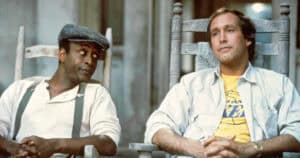
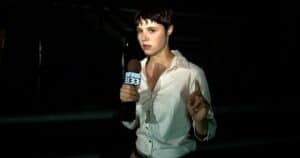
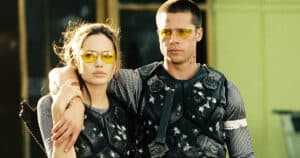
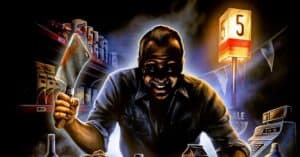


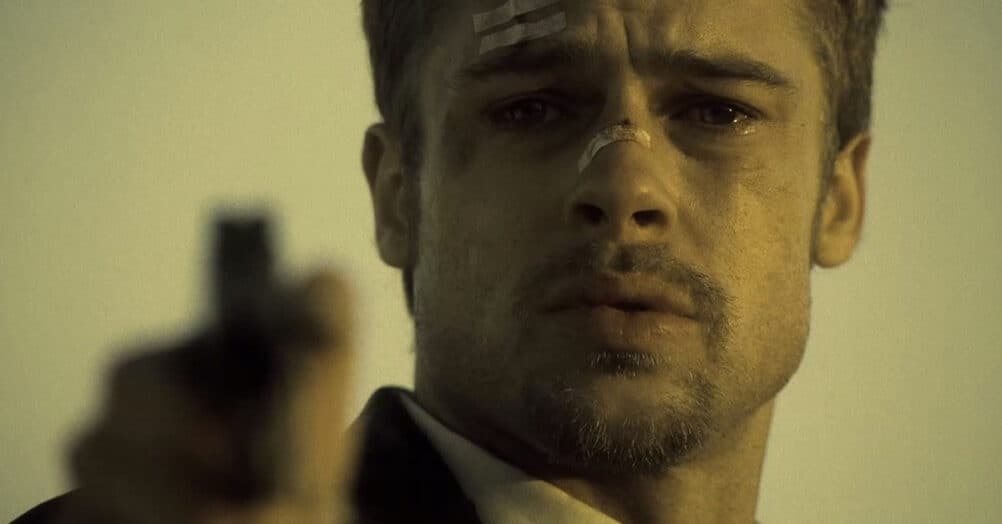

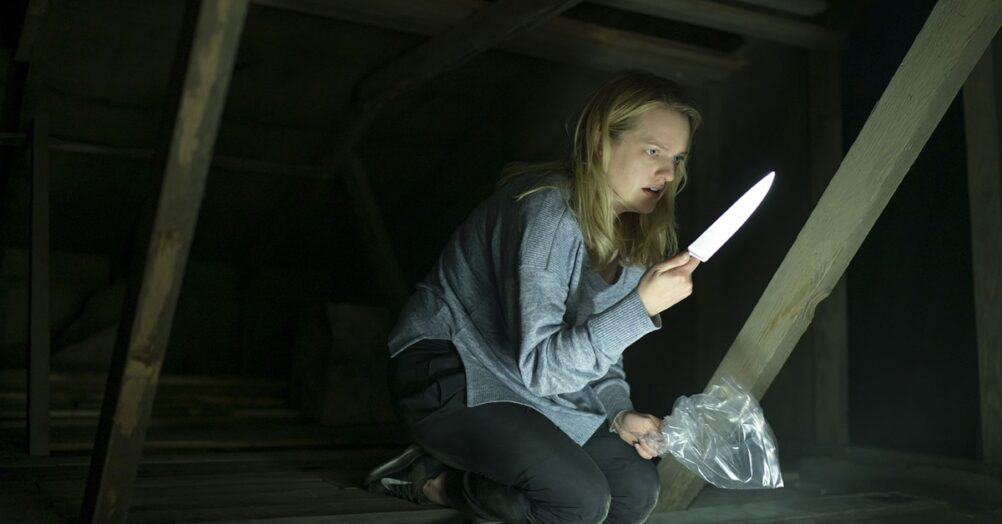

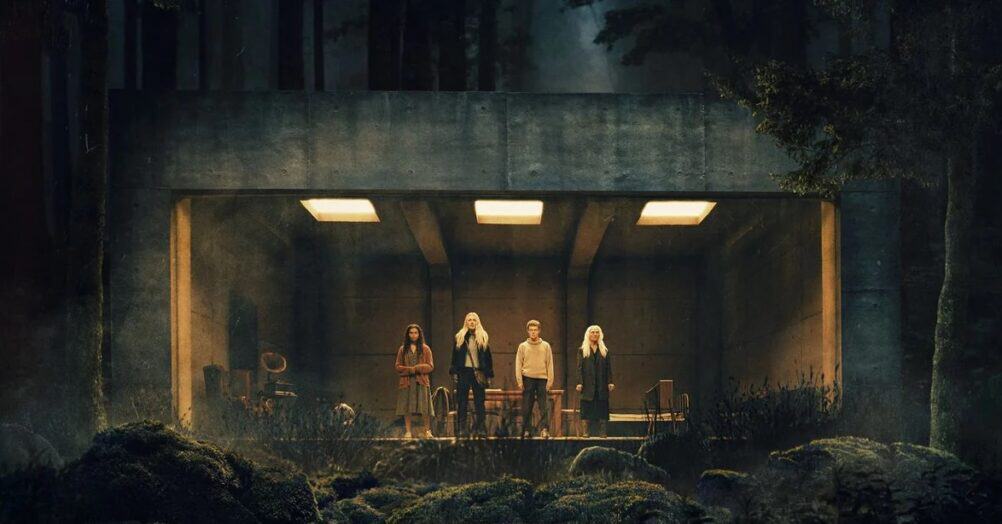
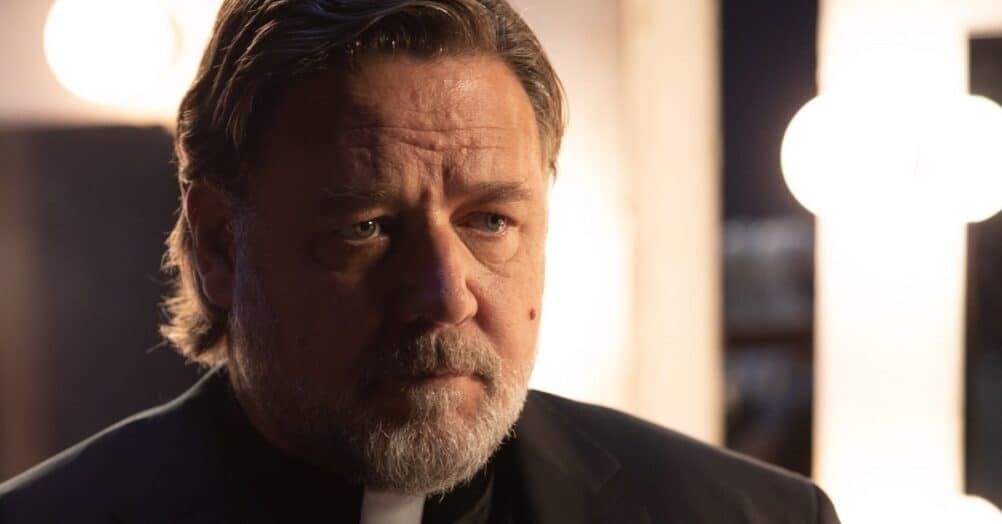

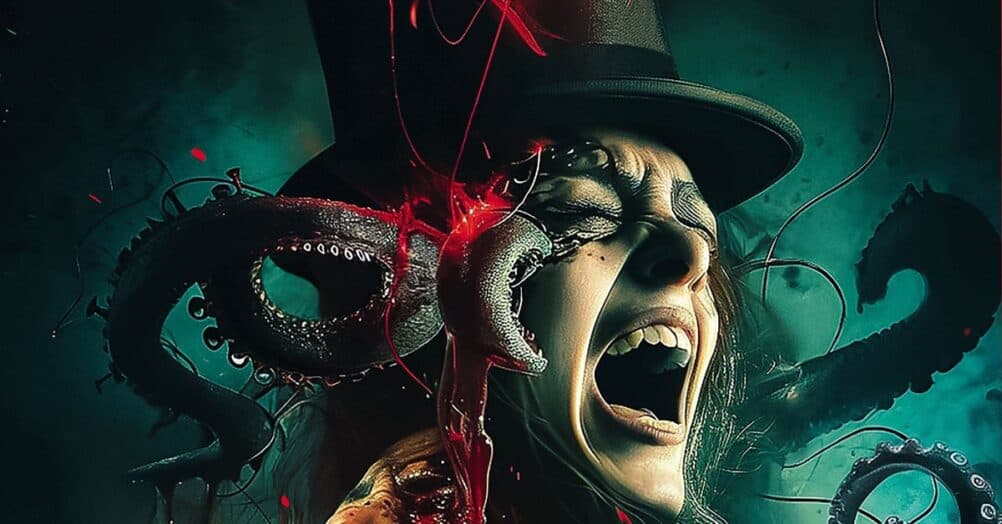
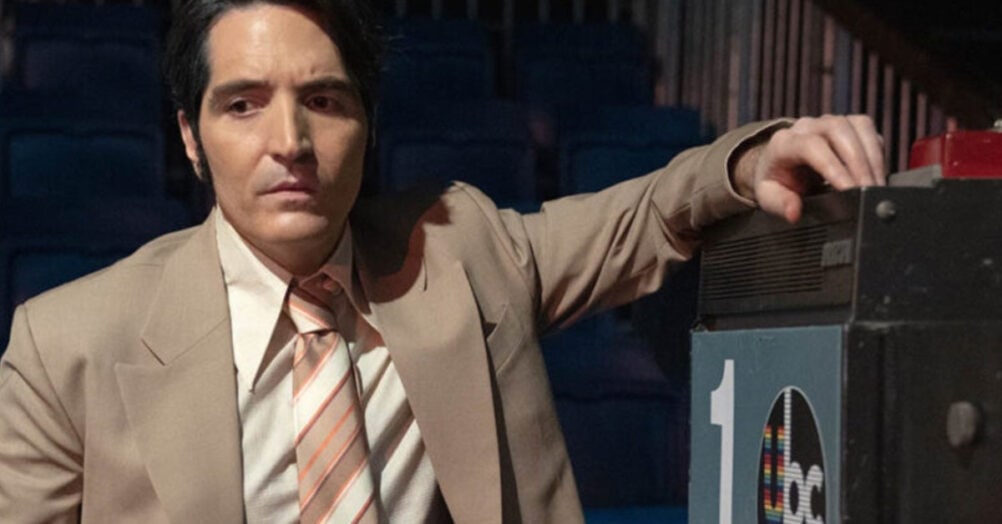
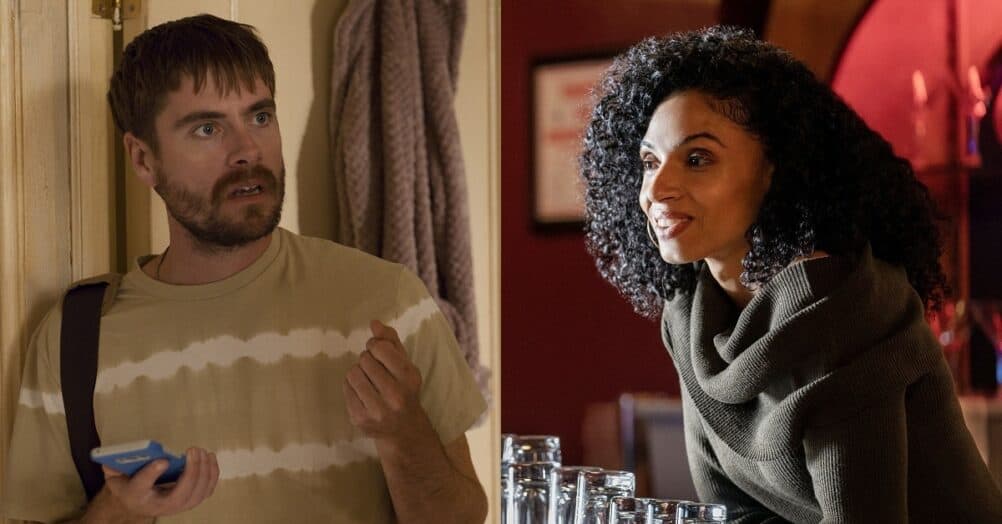
Follow the JOBLO MOVIE NETWORK
Follow us on YOUTUBE
Follow ARROW IN THE HEAD
Follow AITH on YOUTUBE